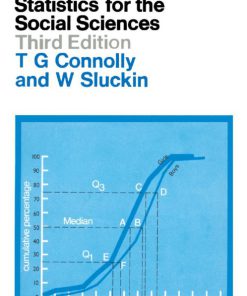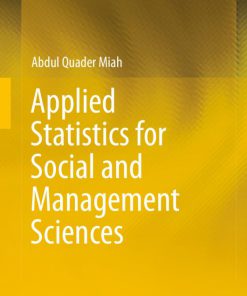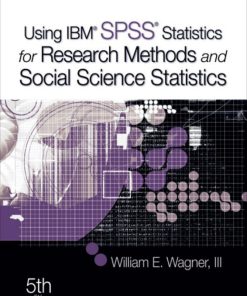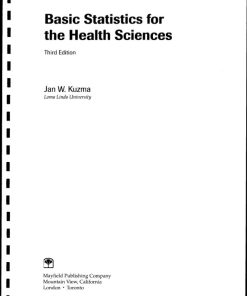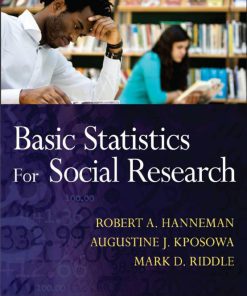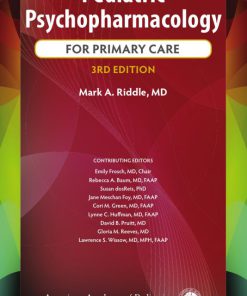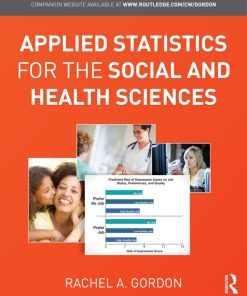Basic Statistics for Social Research 1st Edition by Robert Hanneman, Augustine Kposowa, Mark Riddle 0470587989 9780470587980
Original price was: $50.00.$25.00Current price is: $25.00.
Authors:Robert A. Hanneman; Augustine J. Kposowa; Mark D. Riddle , Series:Education [87] , Tags:Education; Evaluation & Assessment; General , Author sort:Hanneman, Robert A. & Kposowa, Augustine J. & Riddle, Mark D. , Ids:9780470587980 , Languages:Languages:eng , Published:Published:Dec 2012 , Publisher:John Wiley & Sons , Comments:Comments:A core statistics text that emphasizes logical inquiry, not math Basic Statistics for Social Research teaches core general statistical concepts and methods that all social science majors must master to understand (and do) social research. Its use of mathematics and theory are deliberately limited, as the authors focus on the use of concepts and tools of statistics in the analysis of social science data, rather than on the mathematical and computational aspects. Research questions and applications are taken from a wide variety of subfields in sociology, and each chapter is organized around one or more general ideas that are explained at its beginning and then applied in increasing detail in the body of the text. Each chapter contains instructive features to aid students in understanding and mastering the various statistical approaches presented in the book, including: Learning objectives Check quizzes after many sections and an answer key at the end of the chapter Summary Key terms End-of-chapter exercises SPSS exercises (in select chapters) Ancillary materials for both the student and the instructor are available and include a test bank for instructors and downloadable video tutorials for students.





